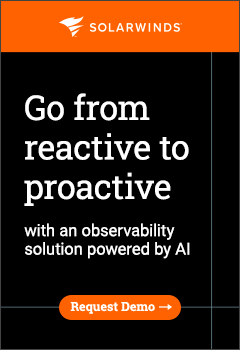Every day, local and national government and public sector departments manage millions of documents related to the individuals they deal with and the services they provide. Nick Rowley, managing director of workflow management company Oceanus discusses how to keep track of this countless correspondence, and how document management within the public sector must evolve to embrace new communication challenges.
These days the general public communicates in many different forms from web, email and letter to fax, SMS or by telephone, and expects to be able use these multiple and varied communication systems with whichever organisation they are dealing – whether a catalogue retailer, a hospital ward or a local authority parking shop. As service delivery becomes more complex, and citizens demand multiple methods of contact, managing and integrating communication systems alongside information management and collaboration requires planning, foresight and an understanding of the issues at stake.
All these channels of correspondence and associated information need to be combined into a single case based interface, allowing the capture, processing, resolution and management of all these interactions. In fact, public sector organisations, government departments and local authorities now face the same challenges as retailers operating in a multichannel environment. How do you manage communications from disparate channels? How do you achieve a single view of the individual’s case? How do you ensure information is centralised, so that officers on the front line have access to the case history of the person they are dealing with, while citizens can access the information they need quickly and easily? Most importantly how do you improve staff efficiency?
These are the questions that need to be asked when implementing document management systems, as the way information is managed affects the whole spectrum of activity – from the service people receive, to the day-to-day work of staff, to the way departments and teams collaborate. Government departments need to look at ways of becoming more efficient, of doing more for less money, and as the mantra goes, exceeding customers’ expectations.
The development of information and citizen communication systems, such as the Directgov website, have shown that streamlining and centralising information can be a slow and onerous task – But one that is worth it in the end. The idea for the site was first mooted in 2002, it actually launched two years later and has built up to receive over one hundred million visits so far this year, proving its popularity and effectiveness.
However, from schools registrations to benefits applications, public sector bodies still suffer under the weight of paper and labour-intensive processes. Beyond just meeting the e-government agenda, the ability to scan, categorise and store documents electronically for easy retrieval and collaborative use is the only viable alternative to these outdated modes of working.
Many document management systems will enable all types of messages (notes from voice, letter, email, text, scanned documents and, if applicable, pictures, video etc.) to be stored and linked to a customer reference for quick access. A simple workflow system will sort and flag priorities or track response progress so that responses are prepared and issued in the timeframe agreed with the ‘customer’. If a response is delayed, or cross-departmental cases are lacking co-ordination, then the system can at least give warning that a response is due, so that cross-departmental teams can communicate on the issue, agree on a required outcome and advise the customer that there is a delay or requirement for further action. A response can be released in the format agreed (letter, fax, email, SMS or telephone call) direct from the worker’s workstation to the customer’s preferred method of communication. Furthermore, this helps trace communications and ensure communications are received.
Data protection regulations, compliance and government directives make it imperative that there are systems and processes in place to manage the way transactions are processed. Take the healthcare sector for instance. It has to manage mountains of patient care data both back office and patient facing. Medical staff such as nurses, physicians or lab technicians, need applications to document, review and analyse patient information relating to a patient treatment. They have to be able to retrieve a series of different pieces of patient information from different sources. Such pieces of patient information are commonly called “parameters” and may include information about indications of patient condition, laboratory test results, assessments, and the administration of treatments. All this information has to reside in a secure and yet accessible environment. In this environment, the loss or mishandling of parameters can have serious consequences, so an integrated workflow and records management system is crucial.
There are also additional benefits to implementing electronic workflow and collaboration systems. Not least regulatory compliance and green concerns. Scanning documents to produce electronic records helps not only to save on paper storage costs and implications but also meet requirements for data storage and retrieval.
Digital self service is well under way, and before long, customers will be expecting to fully interact with all local and national services online and across various media. When looking at their information strategies, public sector organisations should take into account business process management, workflow, internal and external collaboration and single customer view implications. No one says it is going to be easy, but in the long term government departments and citizens will reap the benefits of increased efficiency.
Nicholas J Rowley
MD
www.oceanus.co.uk








Recent Comments